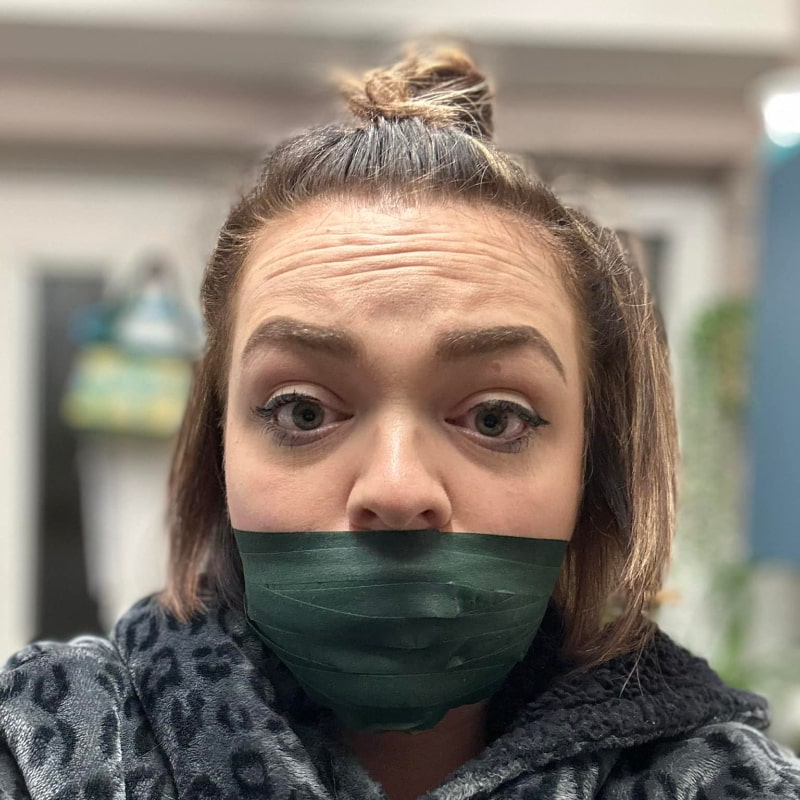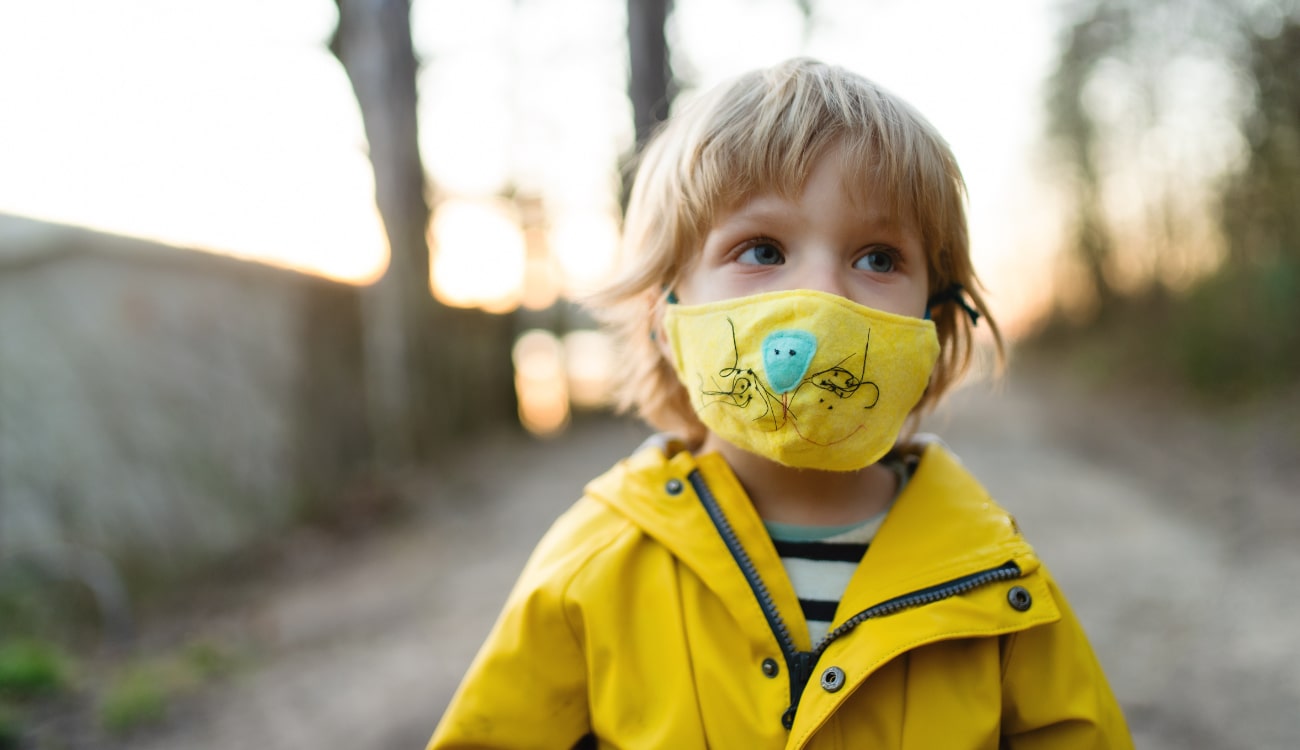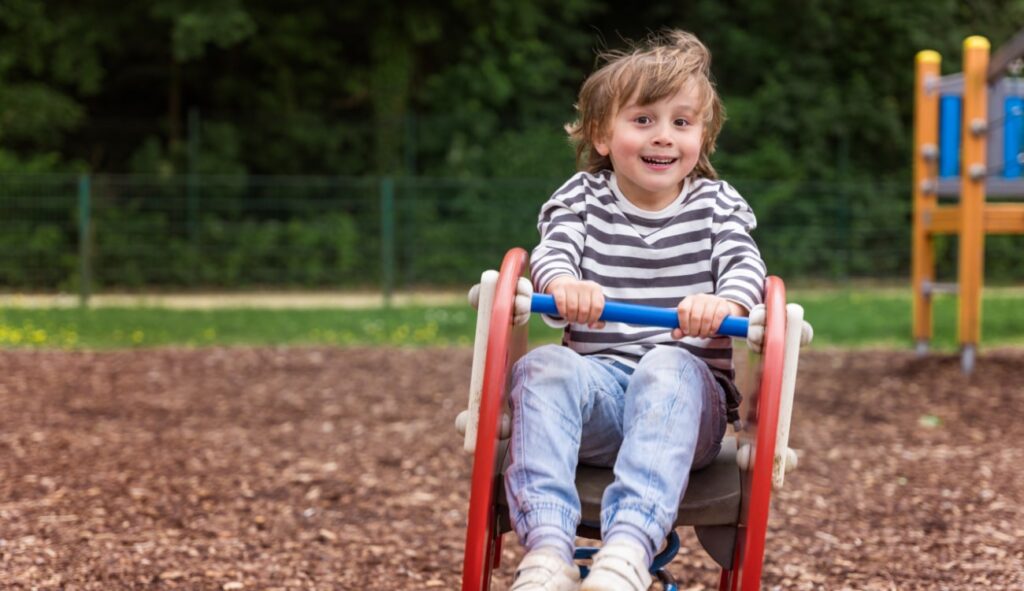Imagine not being able to talk. We rely on words every day. They’re how we express our thoughts, our needs, and our feelings. We communicate with each other easily and effortlessly. But for some non verbal children, communication is a constant struggle.
As a parent, I often watch my son play, and it breaks my heart when he gets frustrated. He’ll sit down with his favourite train track set, trying to put the pieces together, or he’ll attempt to fit a puzzle piece into place. But when something doesn’t go right, he can’t simply ask for help. There is no voice to call out, no words to express his frustration. Instead, he leads us by the hand, guiding us to the spot where he needs help. But even then, we have to guess what he needs. He might be pointing to a piece, but we don’t always know if he is frustrated because the piece won’t fit or if something else is bothering him. It’s a guessing game that often leaves both of us feeling helpless.
It really made me stop and think about how tough it must be for him, and for all children who are non verbal. The frustration, the confusion, and the feeling of being misunderstood. It’s a constant struggle to be seen and heard.
How Do Non Verbal Children Feel?
Now, I want to ask you to try something. It’s a simple exercise, but it might give you a glimpse into how it feels for kids who cannot speak. Put your hand over your mouth. Now, try to have a conversation. Try to express a need or ask for help. It’s harder than you think, right? Now imagine that feeling every day. Imagine that every time you need help or want to say something, you are unable to. Imagine relying on other people to figure out your needs, without the ability to express yourself clearly. It’s frustrating, isolating, and sometimes even frightening.
This is the reality for many non verbal children. When my son gets frustrated because he can’t communicate, I can see the sadness in his eyes. He doesn’t have the words to explain what he’s feeling, and that’s incredibly difficult for him. As his parent, it breaks my heart to see him struggle, but it also makes me more determined to help him find a way to express himself.

How Can We Help Non Verbal Children?
There are many ways that we can help Non verbal children, from different methods of communication to empathy and understanding.
AAC Technology: A Path to Communication
One of the ways we can help children like my son is by introducing them to Augmentative and Alternative Communication (AAC) devices and systems. AAC includes anything from communication cards to high-tech communication devices that use symbols, text, and even voice synthesis to allow non verbal children to communicate.
But here’s the thing, many parents of non verbal children face challenges when it comes to accessing these tools. We often hear advice that says, “withhold certain items to encourage speech” or “just wait, he’ll start talking.” While speech development is important, it’s also essential to give children the tools to communicate in whatever way works best for them. And sometimes, that means turning to AAC technology.
Unfortunately, when I’ve mentioned AAC technology to some professionals, there’s been resistance. There’s often a focus on speech therapy alone, with little regard for other communication methods. For a child like my son, who is incredibly tech-savvy, AAC could be the key to unlocking his voice and allowing him to express himself more fully.
Communication Picture Books: A Simple and Powerful Tool
Another fantastic and often overlooked option for supporting communication is the use of communication picture books. These books are designed to help children understand and express themselves by using pictures to represent words, feelings, or needs. Picture books can serve as a bridge for non verbal children, allowing them to “point” to images or symbols to convey messages.
For instance, a picture book might have images of basic needs, like “hungry,” “thirsty,” or “bathroom,” as well as images that express emotions, such as “happy,” “sad,” or “angry.” With the help of a parent, caregiver, or teacher, children can point to these images to communicate what they need or how they feel.
These books are often low-cost and can be used in the home, at school, or even in therapy. They’re a great way to introduce communication methods before transitioning to more complex tools like AAC devices. For a tech-savvy child like mine, these picture books can be a great starting point in their communication journey, offering a way to express basic needs and emotions without overwhelming them with high-tech devices.
Empathy and Understanding
So, what else can we do as parents? The most important thing we can do as family members, caregivers, and communities is to show empathy, kindness, and understanding.
If you see non verbal children struggling to communicate, remember that they may be facing daily challenges that you can’t even begin to imagine. Take a moment to be patient, to offer help, and to give them the space to express themselves in whatever way they can.
Communication isn’t just about speaking, it’s about being understood. Whether through gestures, pictures, sign language, or AAC devices, every child deserves a way to express their needs and be heard.
I know it is easy to become frustrated when we don’t understand what someone is trying to say, but let’s remember that frustration is part of their daily life. Let’s work together to be more patient, to listen, and to help give these children a voice.
Let’s Be Part of the Solution
If you’ve read this far, thank you for taking a moment to understand what life might be like for a non verbal children. It’s not just about teaching them to talk, it’s about helping them find their voice in whatever way that looks like.
Let’s all strive to be kind and patient with these children. They are trying their best to communicate, even if they don’t have the words to do so. Let’s offer them support and encouragement as they navigate a world that often isn’t built for them.
After all, kindness and understanding go a long way in making the world a more inclusive place for everyone.





0 Comments